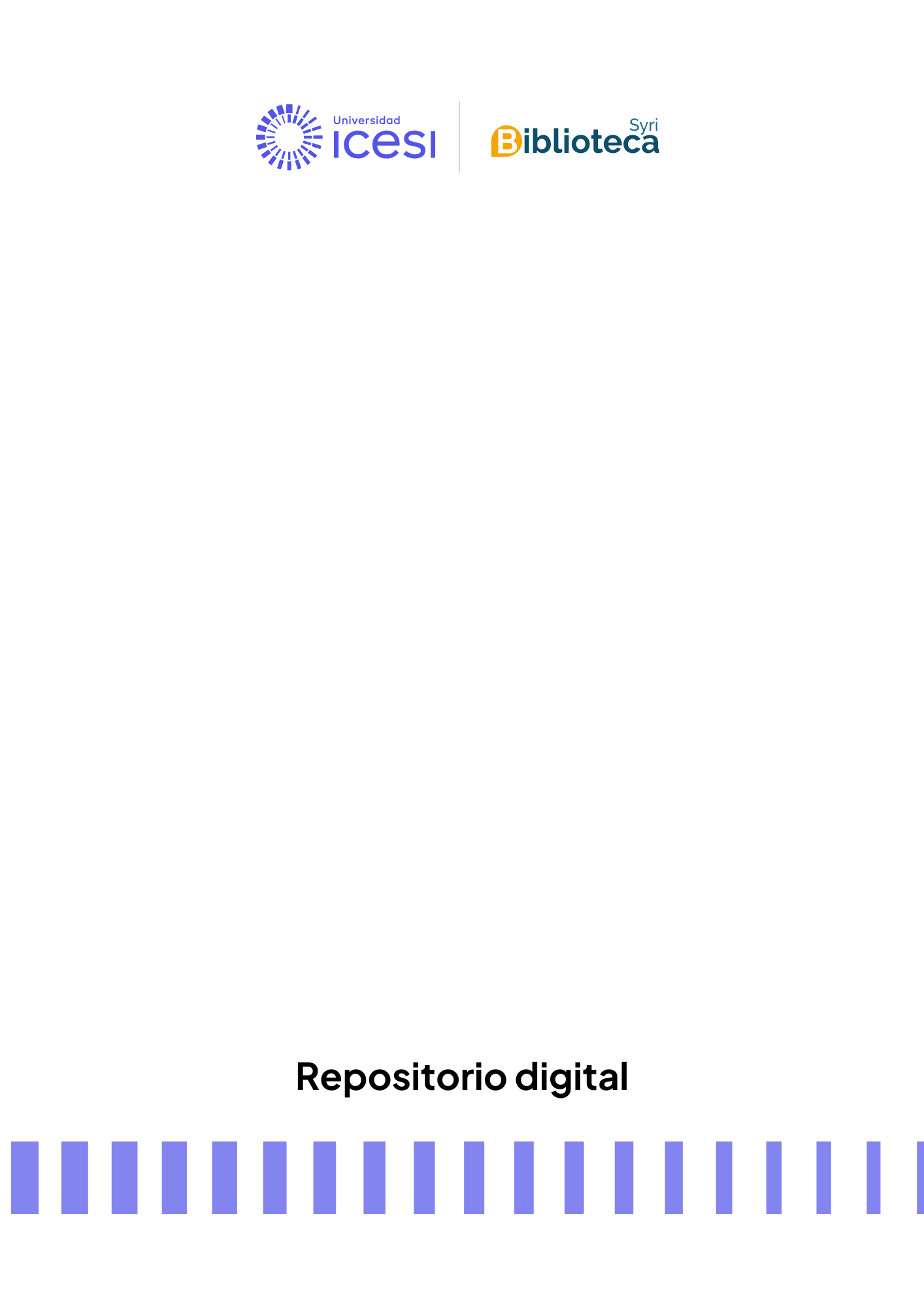La toma militar en Siloé: memoria colectiva e identidad política.

Archivos
Fecha
Director de tesis/Asesor
Título de la revista
ISSN de la revista
Título del volumen
Publicador
Editor
Compartir
Resumen
El presente trabajo tiene por objetivo analizar el grado de importancia subjetiva que los habitantes de los barrios Lleras Camargo, Pueblo Joven y Tierra Blanca, le otorgan a la toma militar llevada a cabo el 1 de diciembre de 1986, en Siloé, Cali, Valle del Cauca. La cuestión a considerar es cómo y en qué grado dicho hecho se interpreta en la memoria colectiva de la población de la comuna 20 y se cristaliza en las esferas, tanto personales como colectivas, y en qué medida esto se vincula con las condiciones sociodemográficas como la edad o rango generacional y la identidad política de los encuestados. Para esto se ahonda en cuatro dimensiones analíticas relevantes: la experiencia subjetiva de la toma militar (la importancia de este hecho, el conocimiento del mismo y las emociones que suscitó); la percepción de la toma militar (el grado de violencia, la justificación, el apoyo social y la resistencia que tuvo la misma); la percepción acerca de las causas de la toma militar (rol de los actores involucrados en el hecho, responsabilidad de estos en las acciones que se llevaron a cabo) y la proyección futura (cuestionamientos contra-factuales y enseñanzas de la toma militar), cruzando las mismas con la variable de edad -o rango generacional- e identidad política (Manzi, Helsper, Ruiz, Krause & Kronmüller, 2003).
The main objective of this paper is to analyze the degree of the subjective importance that the inhabitants of the Lleras Camargo, Pueblo Joven and Tierra Blanca neighborhoods grant to the military takeover carried out on December 1 of 1986, in Siloé, Cali, Valle del Cauca. The question to be considered is how and to what degree this event is interpreted in the collective memory of the commune 20 population. Additionally, how it materializes in the population’s personal and collective spheres, and to what extent this interpretation is linked to sociodemographic conditions such as age or generational range and the political identity of the respondents. In order to accomplish this analysis, we will delve into four relevant analytical dimensions: the subjective experience of the military takeover (the importance of this event, the knowledge of it and the emotions it aroused); the perception of the military takeover (the degree of violence, justification, social support and the resistance that came with it); the perception about the causes of the military takeover (role of the actors involved in the event, responsibility of these in the actions that were carried out) and the future projection (counter-factual questions and lessons learned from the military takeover), crossing the same with the variable of age -or generational rank- and political identity (Manzi et al., 2003).

